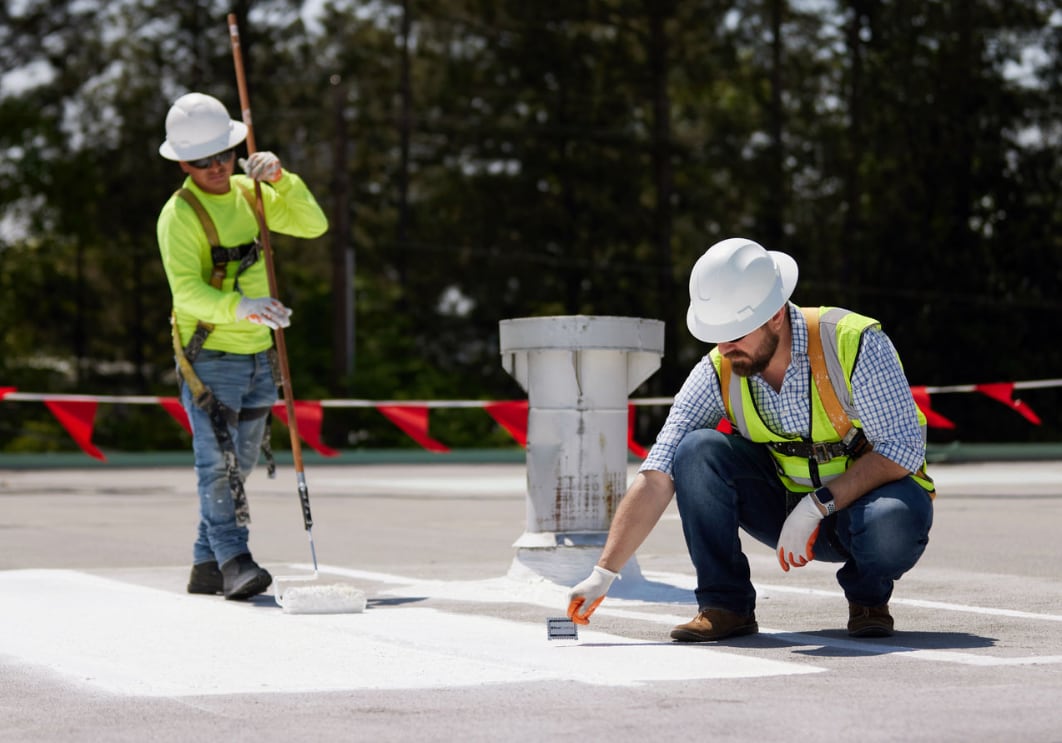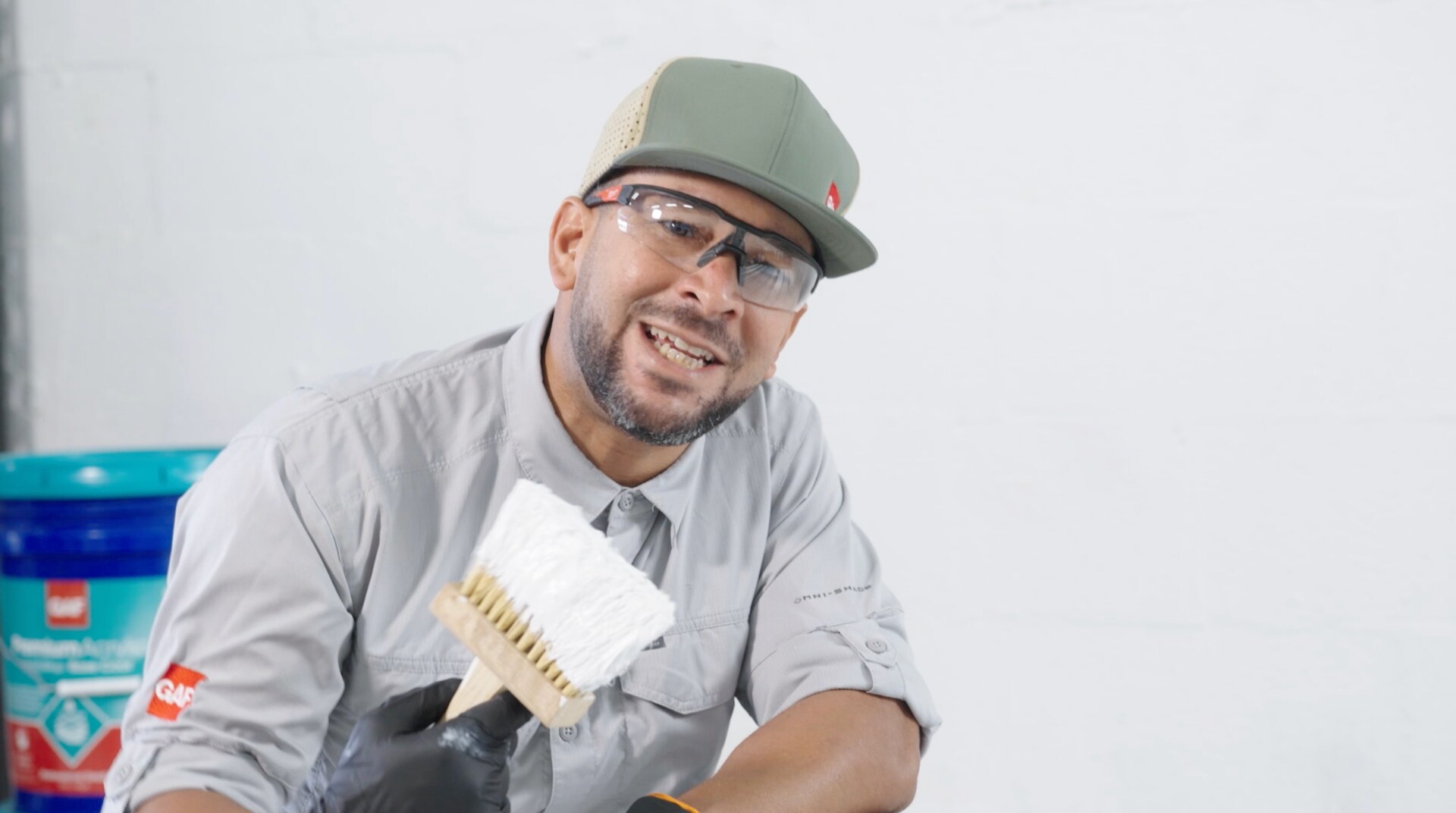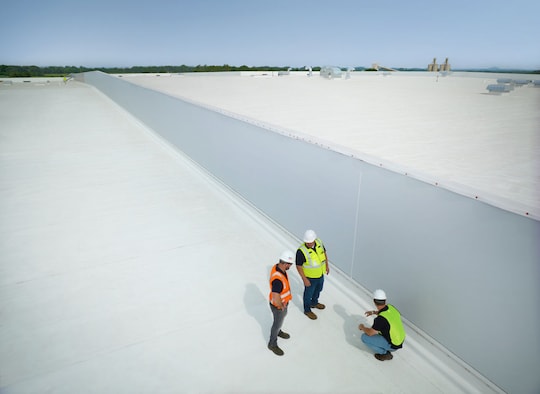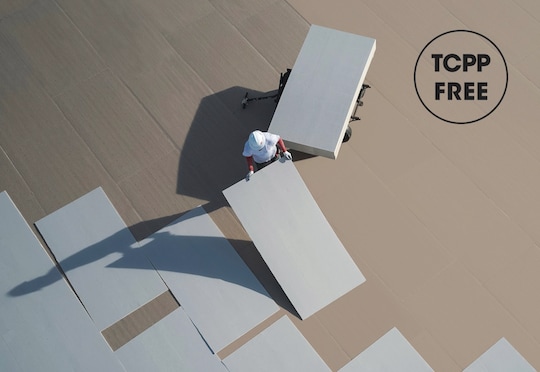
As a commercial roofing contractor, you're responsible for choosing the right materials for each job. But with so many options available, making a decision can be difficult.
Increasingly, industry professionals have been turning to silicone roof coatings for their strength and durability. These coatings can help extend the life of a structurally sound roof and potentially save property owners time and money by delaying a full reroof. Plus, their restoration properties work great with most commercial roofing systems, like EPDM, built-up, bitumen, and metal roofs.
What Are Silicone Roof Coatings?
Silicone coatings are high-performance, waterproof protective roof coatings. Adding this coating to a structurally sound roof can help extend the life of the existing roof. Silicone is inorganic, so it can maintain its properties in inclement weather conditions. It's also flexible and can absorb most normal roof movement to help avoid cracking and losing its protective features.
Benefits of Silicone Roof Coatings
In addition to flexibility and extending the life of the existing roof, silicone coatings offer several other benefits. Laura Soder, senior product manager for liquids and coatings at GAF, explains that GAF silicone coatings are designed to help protect against leaks and provide related advantages.
UV Ray Protection
The major benefit of silicone coatings is ultraviolet (UV) ray protection. "GAF silicone is formulated with titanium dioxide, providing exceptional UV stability and high solar reflectance," she says. This UV protection can help lower roof top temperatures, which may translate into more efficient operation of roof top units.
Cost-Effective
Silicone coatings are cost-effective solutions that can help delay the cost of materials and labor needed to replace the entire roof. They work great with most commercial roofs and pair exceptionally well with metal roofs.
Restores and Helps Extend the Life of the Existing Roof
Soder notes that silicone coatings adhere well to metal roofs, making them an excellent way to extend the service life of metal roofs. Before application, brush away light rust or spot-treat heavier rust. "There are a lot of metal roofs out there, and for those that are structurally sound and require only moderate restoration, you can easily add years to the roof's life by coating them with silicone," she says.
Moisture-Resistant
Silicone coatings are also known for their moisture-resistant capabilities. Since silicone is inorganic, it resists degradation in areas that pond water, making it an ideal choice in areas that experience rain or snow.
Works in Hot and Cold Weather
Silicone has a wide temperature application range. Because it doesn't contain water, you can apply it at lower temperatures than acrylic and other roof coatings. It provides a monolithic, seamless waterproofing layer over existing metal roofs. Silicone will also flex with metal in cold and hot weather.
How Silicone Compares to Elastomeric Coatings
Compared to acrylic and other elastomeric roof coatings, silicone has some advantages.
Acrylics are water-based protective coatings with UV resistance —but they shouldn't be installed where there is ponding water, as they can break down and start delaminating. Silicone is a moisture-cure material, meaning it reacts with moisture in the air and cures to a finished film.
Soder explains that both materials are flexible and appropriate for use over metal. But if you have any standing water, acrylic isn't the best choice. "While silicone is more expensive, it typically weathers at a much slower rate than other coatings," she says. That said, one of silicone's drawbacks compared to other elastomeric roof coatings is that it's slippery when wet.
Navigating Installation and Application
While silicone coatings can help extend the life of an existing roof, Soder notes it's best to install the coating before the end of the existing membrane's service life.
Since leaks tend to happen at roof seams, add silicone sealant to these areas. Sealants are formulated differently than coatings—they use different silicone polymers, giving them a heavier body and stronger build. Silicone sealants are formulated for high-stress areas and can help absorb movement at critical points in the roof. They work hand in hand with a silicone coating to protect the roof.
Before you apply any coating, ensure the roof is clean, dry, and sound. "Clean means free of contaminants, dust, oils, leaves, and other debris," Soder says. You can use GAF Cleaning Concentrate to power wash your roof.
Since silicone is moisture-cure, the roof needs to be dry before applying. Coating over a wet surface can affect adhesion and is often one of the biggest mistakes you can make when installing. You want the coating to start the curing process from moisture in the air, not from moisture on the roof.
How to Apply Silicone Coatings
Applying a silicone roof coating involves five steps:
- Clean any debris off the roof and test that the coating will properly adhere to the surface.
- Ensure the roof is in sound condition. Repair broken sheet metal, and replace missing or damaged fasteners.
- Treat all seams and fasteners with silicone sealant like GAF Silicone Mastic. Apply it at 60 mils or 1/16-inch wet thickness with a brush.
- Use the same sealant on any curbs, penetrations, and drains.
- Finally, apply the silicone roof coating to the entire roof. Some coatings, like GAF Unisil Silicone, require two coats, while others such as the GAF High Solids Silicone may need just one.
Understanding Maintenance Needs and Longevity
Maintaining a silicone roof coating is essential. Addressing issues before they become problematic can help minimize the cost of repairs and maximize the service life of the coating.
As the roof flexes over time, issues with the seams might develop. A good rule of thumb is to get a roof inspected every six months. Applying a silicone sealant can help address areas with leaks or cracks. Silicone sealant is UV stable and doesn't require a top coat, according to Soder.
Adding Silicone Roof Coatings to Your Toolbox
With many benefits, silicone roof coatings should be front of mind when planning roof restoration projects. And with several options available, you can choose the best type for each roof you work on. Have more questions about roof coatings? GAF technical service reps are more than happy to assist you on your next coating project.





